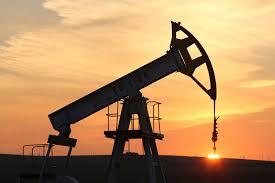We used to worry about the time when the world would start running out of fossil fuels, defined as Peak Oil. The concept of Peak Oil is when the maximum rate of extraction of petroleum is reached, after which production is expected to enter terminal decline causing energy prices to skyrocket. Based on oil demand and oil field depletion, the world was on schedule to hit Peak Oil in about the year 2000. I was a believer in Peak Oil, and looked forward to a future in which renewable energy would be able to offset these high energy prices.
But two lucky (or unlucky depending on your perspective) things happened to delay this Peak Oil economic disaster. First, horizontal drilling and fracking allowed drilling companies to pump oil and natural gas out of hard to reach areas. As a result, the supply of oil (and its substitute natural gas) went up, with a commensurate reduction in oil and gas prices. Second, the availability of less expensive alternative forms of energy (particularly wind and solar) — combined with concerns about global warming — have reduced demand for fossil fuels.
This double whammy of increasing supply and decreasing demand has reduced the price of fossil fuels. Energy consumers win, as do energy-intensive industries and businesses that depend on fossil fuel feedstocks (one word: plastics). Luckily, the continued reduction in solar and wind energy costs have kept up with the decline in fossil fuel prices. Please Listen Up to this week’s Energy Show on Renewable Energy World for more about Peak Oil, and the increasing irrelevance of this concept as wind, solar and storage continue to be more cost effective than fossil fuels.

